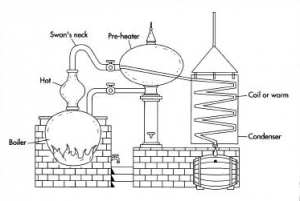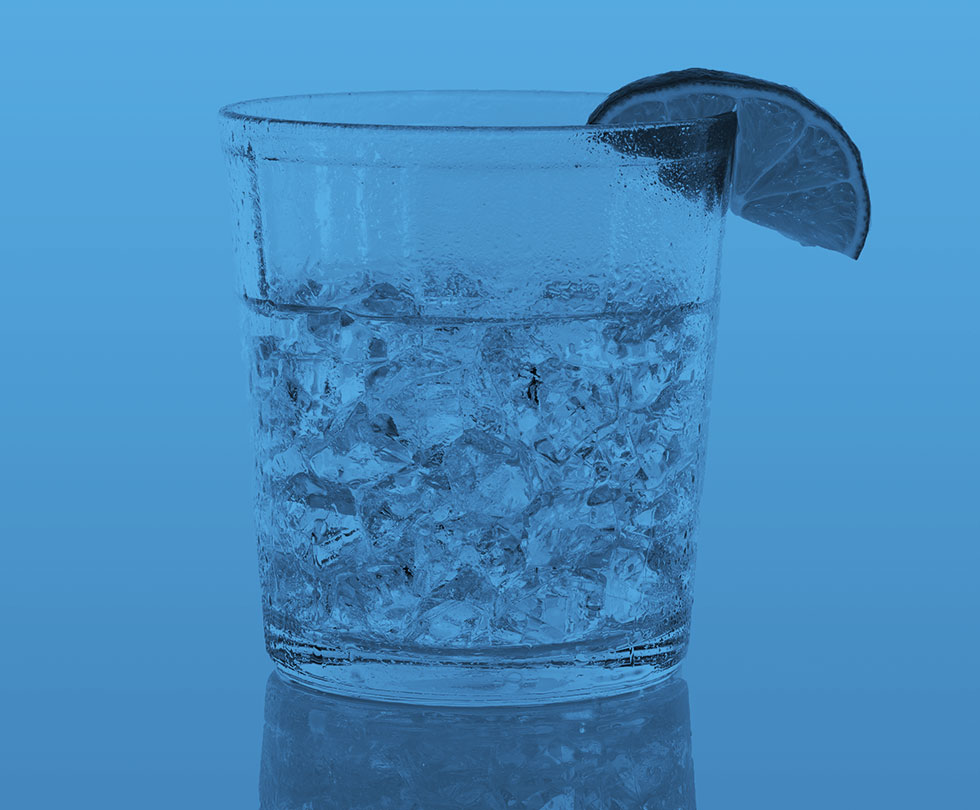
Distiller’s Notebook: Charentais Stills
December 12, 2014Distiller’s Notebook is an ongoing series of dispatches from the world of craft spirits from the desk of Short Path Distillery.
Today’s post comes to you from our Chief Distiller, Zachary Robinson.
At the distillery, we’re brimming with excitement over the arrival of our copper stills! I thought a post about our Charentais still would be nice.
The oldest form of still is the alembic still, developed in the Middle East more than 1,000 years ago. Over time, these still designs were improved upon and perfected in the form of the pot still, which is still used today. During the Middle Ages, the Moors brought their stills to the Iberian Peninsula, and from there it was introduced into Europe.
The Charentais still (pronounced “sha-RON-tay”) we use to produce our rum is the height of alembic engineering. Designed for cognac distilling in southwestern France, it combines the flavor profile of an alembic pot still while increasing the efficiency of the entire distilling process. The added efficiency comes from a rather clever idea: instead of using just plain water to remove heat and condense the alcohol vapors, the next batch to be distilled is used as well.

Image from http://lukasliquorstl.com
In practice, this is accomplished using a preheater, which sits between the boiler and the condenser. Wines (or wort) are added to both the boiler and the preheater. As the wines are heated in the boiler, the steam rises up through piping which passes through the preheater before going to the condenser. This process cools the steam before reaching the condenser while heating the next batch of wort to a near boil for the next distillation.
Once the first batch is done, it is drained from the boiler through a valve at the bottom of the boiler. Then another valve is opened, draining the preheated wines from the preheater into the boiler for the next run. This process can be repeated as long as necessary, achieving near-continuous distilling runs. Traditionally, cognac stillhouses in France did just that, operating their Charentais stills continuously 24 hours a day, eeking out even more efficiency by not needing to start with a cold batch of wines each morning.
By employing the use of a charentais still we can maintain the desired flavor characteristics of a pot still while achieving the efficiency close to that of a reflux still, all while saving time and energy. I really cannot wait to fire this beauty up!
And plus – lets be honest here – Charentais stills just plain look cool.
